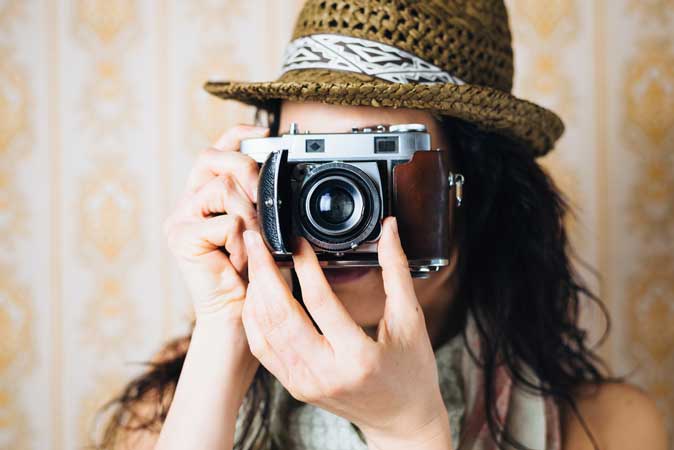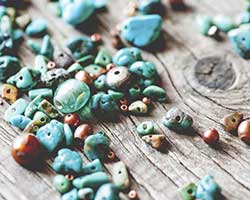Serena Van Rensselaer was originally a student of Art History and Cultural Anthropology, but while studying abroad in San Miguel D’Allende, she discovered her untapped passion and aptitude for jewelry design. She is now an inspired creator, perceptive businesswomen and shrewd gallery manager in Manhattan’s picturesque Soho neighborhood. We recently visited Serena’s gallery and spent the afternoon speaking with her about the industry.
Here is part five of our series, “Life of a Jewelry Designer.”

In part two of this series, we shared a list of four post-graduation steps our students could take in their journeys toward successful business establishment. In today’s installment, we’d like to delve further into the crucial second phase of that process: taking phenomenal photos of finished work.
Before we explore the intricacies of compositional quality, Serena implored us to remind students the significance of the process itself. For the greater part of her initial career as a designer, she overlooked the idea of keeping images of the beautiful jewelry she made. “Years went by before I got the idea to take pictures of my pieces,” she explained. “Now it’s like they’re just gone.”
To avoid a contrite retrospective of having virtually lost a piece of jewelry once you’ve sold it without recording its existence, simply promise yourself to commit to the record-making process, and embrace photography as a part of your existing creative routine. Down the road, you may find the adjustment to be one you’re extremely thankful to have made, especially if you’re hoping to share your work with potential buyers.
“When I first started designing jewelry of my own, I was simply doing what I loved to do,” Serena remembered. “I wasn’t seeing the process through a lens of overall growth. I wasn’t working on building myself a long-term business.”
Now that she’s built one, she regrets having missed the opportunity to document the stunning projects she made in the beginning. They would have been helpful to include on her websites, and supportive to a foundation of her career-long portfolio.
For those interested in opening an online store or Etsy shop, this photography process isn’t just a nostalgic and personally significant one, it’s absolutely essential to your success.
Anyone with a Pinterest or Instagram account can relate to that instinctive reaction of confusion and cynicism felt when a blurry, shoddy image appears on the feed.
Browsing recipes to try for a summer barbeque? Nothing says ‘I’m not hungry’ like a shadowy image of pulled pork sitting on the crumb-covered counter of someone’s filthy kitchen. When it comes to the promotional images you share of your jewelry designs, this concept rings especially true.
If a potential buyer logs in to check out your Etsy shop listing and is met with archives of sloppy photos, they’ll understandably begin to associate you and your work with disorganization and lack of effort. This could lead them to distrust the quality of your jewelry.
To avoid this, be mindful when you’re snapping shots of completed accessories. Consider reading a photography article or two to learn the basics of effective product shooting. Like Serena stressed in installment two, “You should want your promotional images to do justice to the time and effort you put into their creation.”
Want to learn more? The New York Institute of Art and Design offers an online jewelry making course that can teach you how to create and sell your own unique line of jewelry. Request your free course catalog today!







